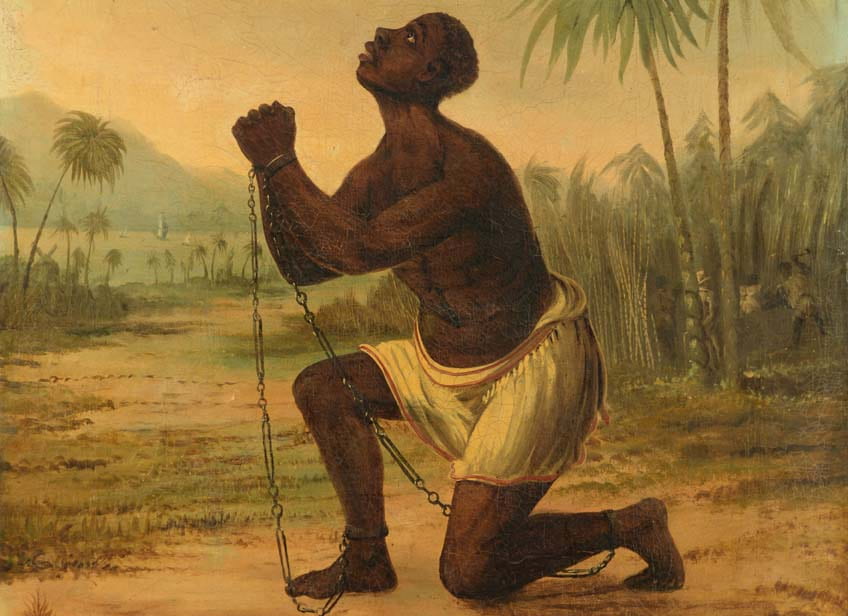Complicit Activism
The Brownings lived in a brutal time, as one of humanity’s most evil institutions was legally protected and a foundation of the world economy: slavery. The Brownings’ families themselves were directly complicit in slavery, both of their lineages having a background in slavery. Elizabeth Barrett Browning wrote of how much her heritage bothered her, but something even more disconcerting plagued the Brownings. Not only did their blood come from a legacy of slavery, but their money. Elizabeth’s inheritance funded much of their lifestyle, including making it possible for the couple to escape to Italy.
Today, we are not as free from slavery’s evil as we would like to believe. Slavery still exists, and we, too, are complicit. Perhaps not as directly so, but nearly all Americans have funded slavery before. While in theory, there is no country in the world where slavery is legal today, the reality is much different.
The online survey “Slavery Footprint” can tell you just how many slaves work for you, or rather, give you an estimate of how many slaves worked on the products you currently own. The average score is 25. Sadly, this number should not be much of a surprise, given that the Global Slavery Index estimates that there are still 40.3 million enslaved people in the world, over 400,000 of which are in the United States. You may be wondering how many slaves were taken from Africa across the Atlantic over the course of the 400 years of the slave trade. Britannica estimates the number to be between 10 and 12 million. To say that slavery is a problem we have conquered or even that things have gotten better could not be further from the truth. Slaves are just more hidden, more difficult to find and to free.
The Global Slavery Index estimates one fourth of slaves of the 40.3 million are children. In the Brownings’ time, not only was child labor an issue, it was both legal and commonplace. Elizabeth found herself in a situation similar to our own, funding child labor through her purchases and benefitting from slavery despite disagreeing with these concepts. But despite being complicit, Elizabeth took a stand for what she believed in and wrote “The Runaway Slave at Pilgrim’s Point” (published 1847 in the 1848 issue of the anti-slavery annual The Liberty Bell) and “The Cry of the Children” (published 1843) to bring attention to these important issues.
Exhibit created by Caitlin Consolver

Title Page for The Liberty Bell. Boston: American Anti-Slavery Society, 1848.
Elizabeth Barrett Browning contributed “The Runaway Slave at Pilgrim’s Point” to a collection of abolitionist poems published in the 1848 issue of the anti-slavery annual entitled The Liberty Bell.

Elizabeth Barrett Browning's "The Cry of the Children". Edinburgh: Blackwood's, August 1843.
This is a copy of Elizabeth’s famous poem “The Cry of the Children.” It is worth noting that Elizabeth considered this a sister poem to “The Runaway Slave at Pilgrim’s Point” and published the poems alongside one another in her Poems (1850).

Pencil, c. 1830s. Browning Guide H0633.
Elizabeth’s father gave her a golden pencil as a symbol of her success as a young writer. The pencil also served as a symbol of the family’s wealth acquired through slavery. It was topped with a Rose of France, a rare jewel that was most likely mined by slaves in Brazil.


Recent Comments